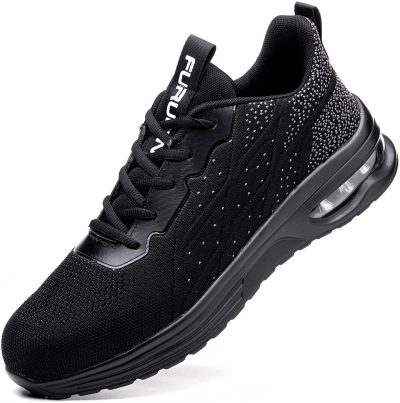Introduction: Workplace safety is of paramount importance across industries, and work boots play a significant role in preventing injuries and ensuring worker well-being. In this blog, we will explore how investing in quality work boots is a proactive approach to workplace safety and injury prevention.
- Impact Protection: Work boots with steel toes or composite toe caps provide crucial protection against falling objects and heavy machinery, reducing the risk of foot injuries.
- Puncture Resistance: Puncture-resistant midsoles safeguard workers from sharp objects or nails that may be present on the job site.
- Slip Resistance: Slip-resistant outsoles offer traction on slippery surfaces, reducing the likelihood of slip and fall accidents in the workplace.
- Ankle Support: Work boots with high ankle support help stabilize the foot and reduce the risk of ankle injuries, especially in physically demanding work environments.
- Electrical Hazard Protection: Some work boots offer electrical hazard protection, insulating against electric shocks and enhancing safety in environments with electrical hazards.
- Durability and Longevity: Quality work boots are built to withstand the rigors of the workplace, providing long-term protection and reducing the need for frequent replacements.
- Comfort and Productivity: Comfortable work boots improve worker satisfaction and productivity by reducing fatigue and discomfort during long work hours.
Conclusion: Work boots are more than just footwear; they are a crucial investment in workplace safety and injury prevention. By prioritizing features like impact protection, slip resistance, and ankle support, employers and workers can create a safer work environment and foster a culture of well-being and productivity.







